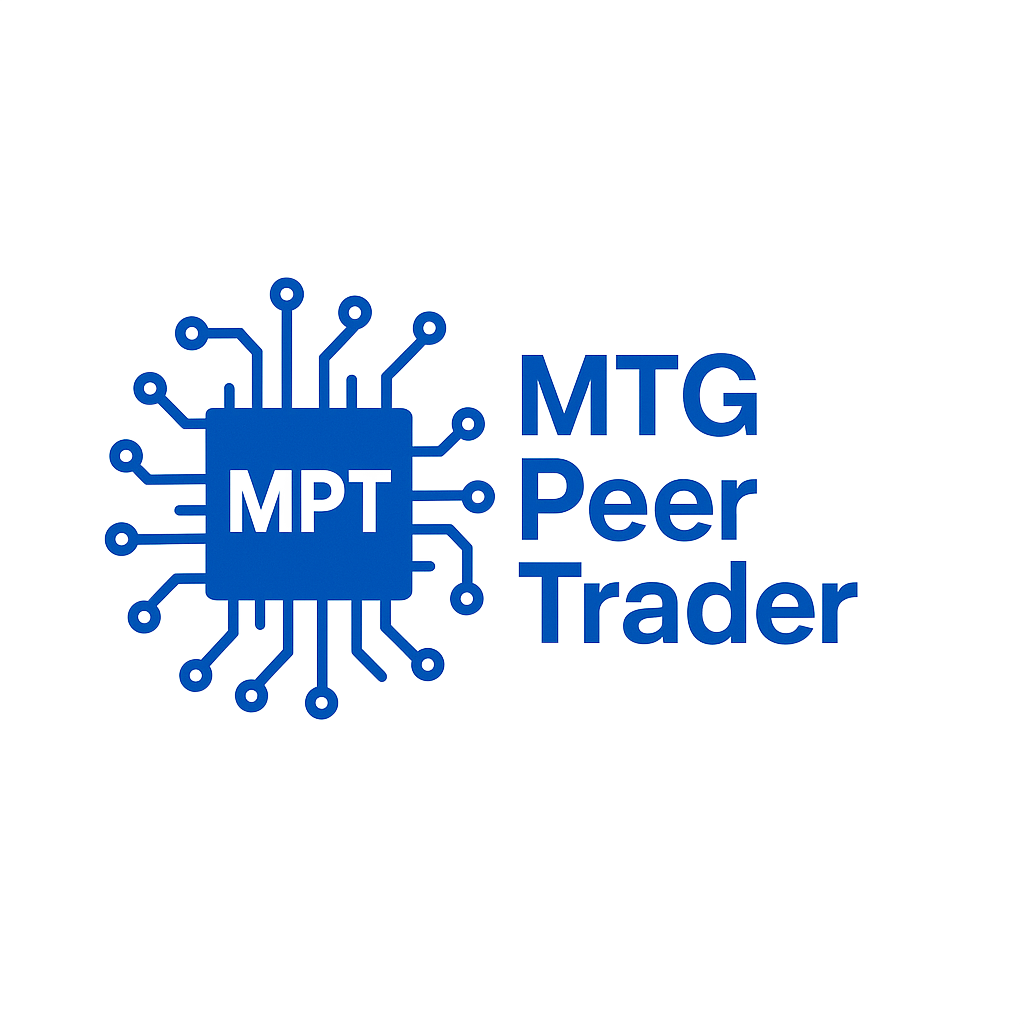
Gold has always glittered in investor imaginations, and for good reason. For one, trading XAUUSD (which means gold quoted in U.S. dollars) is a thrilling way to diversify your portfolio. So before you click on “Buy,” let’s demystify the rules, instruments, and strategies for American traders.
Understanding The XAUUSD Pair
The XAUUSD ticker simply means one troy ounce of gold quoted in U.S. dollars. Think of it as EURUSD; only euros are swapped for gold. Buying XAUUSD means you speculate that stainless steel will rise against the dollar; selling means that you speculate that gold will fall against the dollar or are hedging other exposures.
Prices of gold move according to many factors: inflation expectations, central-bank policies, geopolitical events, and demand for jewelry. All this makes XAUUSD very exciting and sometimes quite unpredictable, if you are a trader who craves a bit of drama.
Gold Trading Regulations In The United States

In the United States, gold trading is nowhere near a Wild West shootout. For the protection of retail traders and the market itself, the various regulatory agencies keep a close watch. Not quite understanding the rules before trading could lead to fines and the freezing of trading accounts.
Regulated Exchanges And Platforms
- COMEX (CME Group): The lion’s share of gold futures trades here.
- NYMEX: Part of CME, also hosts gold options.
- Cboe Gold ETF Market: Where spot-based gold ETFs like GLD change hands.
Retail platforms offering spot XAUUSD are often derivatives providers — CFD brokers are a no-go for U.S. residents, so stick to futures, ETFs, or regulated precious‑metals dealers.
Broker Requirements Under US Law
Any broker offering gold instruments must be registered with the Commodity Futures Trading Commission (CFTC) and be a member of the National Futures Association (NFA). They must maintain strict capital requirements and submit regular audits, meaning your money is under watchful eyes.
Types Of Gold Trading Instruments
Gold isn’t a one‑trick pony. You can approach it several ways, each with its own flavor of risk and reward.
Spot XAUUSD Trading
Almost every broker outside the U.S. offers spot XAUUSD CFDs, but here you’re limited. U.S. regulations effectively ban retail CFD trading. Institutions and high‑net‑worth accounts might still get access, but most retail traders steer clear.
Gold Futures And Options
Futures contracts (typically 100‑ounce lots) let you leverage your position heavily — sometimes up to 20:1 or more. Options on those futures add flexibility: buy a call if you want upside with limited risk, or sell a put if you fancy income (at the cost of potential assignment).
ETFs And Gold Certificates
If you prefer “owning” gold without a vault, ETFs like GLD or IAU track spot prices closely. You can trade them like stocks, with standard equity commissions and no contract expirations. Gold certificates issued by banks work similarly, but always check the custodian and redemption rules.
Key Regulatory Bodies And Their Roles
Knowing the referees helps you play by the rules.
Commodity Futures Trading Commission (CFTC)
The CFTC writes and enforces rules for futures and options markets. They police market manipulation, insider trading, and ensure exchanges follow proper procedures.
National Futures Association (NFA)
The NFA is a self‑regulatory organization under CFTC oversight. They register brokers, set ethical standards, and provide a dispute‑resolution forum if your broker gets sloppy.
Trading Strategies For XAUUSD In A Regulated Environment

Regulation may feel like a speed bump, but it also creates a leveled playing field where smart strategies can shine.
Fundamental Analysis Techniques
- Inflation Data: Rising CPI often sends gold higher as investors seek a haven.
- Central Bank Activity: Watch the Fed’s minutes—hawkish tones can strengthen the dollar and undermine gold.
- Geopolitical Tensions: Any flashpoint (Middle East, Asia, etc.) can spark gold rallies overnight.
Technical Analysis Tools
- Support & Resistance: Look for key levels around round numbers (e.g., $2,000/oz).
- Moving Averages: 50‑day and 200‑day crosses often signal trend shifts.
- Fibonacci Retracements: Handy for gauging pullback zones in volatile markets.
Risk Management And Compliance Considerations
- Position Sizing: Never risk more than 1–2% of your capital on a single trade.
- Margin Rules: Futures margins fluctuate; check CME’s website daily.
- Record Keeping: U.S. traders must track gains and losses meticulously for tax filings.
Common Challenges And Pitfalls In US Gold Trading
Even the best strategies can stumble when regulatory quirks bite.
Leverage Restrictions
U.S. traders face stricter leverage caps than their overseas peers. Your favorite 100:1 broker might only offer 20:1 here, so adjust position sizes accordingly.
Margin Requirements
Futures margins can spike around major reports — Fed announcements or employment data often double initial margins within hours.
Risks Of Unregulated Brokers
The siren call of ultra‑high leverage from an offshore broker is tempting, but you risk no regulatory recourse if they vanish or mismanaged funds.
How To Choose The Right Broker For XAUUSD
A good broker is more than just low fees — it’s about trust, transparency, and tools that fit your style.
Compliance And Licensing Checks
- Verify CFTC registration at cftc.gov.
- Check NFA membership using the online BASIC database.
Account Types, Fees, And Spreads
- Futures Account: Watch for clearing fees and exchange surcharges.
- ETF Account: Commissions and SEC fees apply, but no rollover worries.
- Managed Accounts: Ideal if you want pros to handle day‑to‑day, but watch the performance fees.
Conclusion
Trading XAUUSD in the U.S. offers robust protections and a variety of instruments — from futures to ETFs. While regulations can crimp leverage and restrict CFDs, they also give peace of mind that your broker is under strict supervision. With solid strategies, disciplined risk management, and a compliant broker, you can turn gold’s timeless allure into trading success.
FAQ
Is Trading XAUUSD Fully Legal In The US?
Yes. You can trade gold futures, options, and ETFs legally. Retail CFDs are prohibited, but alternatives abound.
What Leverage Limits Apply To US Residents?
Futures typically allow 10:1 to 20:1. ETFs trade like stocks, so margin rules mirror those of equities (usually 2:1).
How Do I Verify A Broker’s Regulatory Status?
Check the CFTC’s “Firm Registration” list and NFA’s BASIC lookup. Never skip this step.
Can I Trade Gold CFDs From The US?
Not as a retail trader. U.S. regulations bar most CFD providers here. Consider futures or ETFs instead.

